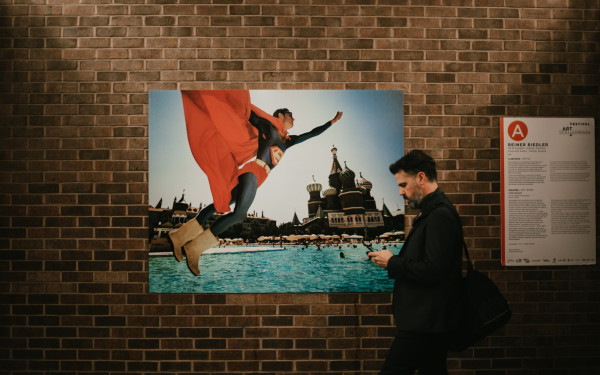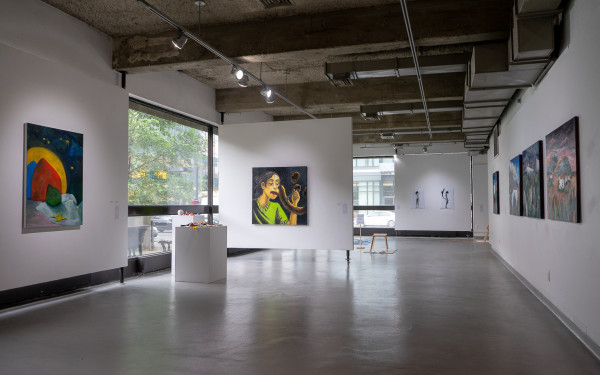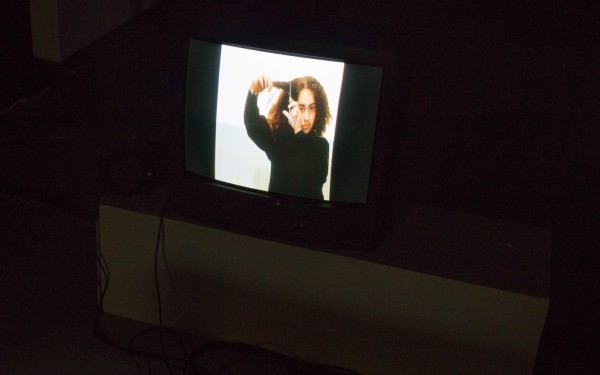Funding the arts: A direct gateway to vibrant art communities
Will art die when funds run dry?
Financial aid can be hard to come by. For some art programs, it is the difference between staying open and abandoning an impactful project.
The government of Quebec has several resources to ensure funding for the city’s arts and culture scene, including initiatives like the Conseil des arts de Montréal and the Conseil des arts et lettres du Québec. However, many art businesses say they do not meet the criteria for funding.
Nedia El Khouri, from Viva Vida Art Gallery in Pointe Claire, said the pandemic prompted the cancellation of many events and left the gallery’s doors closed for most of last year. With it’s closure, Khouri looked to the government for financial aid, and, while they were provided with rent relief and wage subsidy, it did not make up for the loss of almost a year’s worth of revenue.
Because her gallery is not a non-profit, Kouri was not able to ask for many of the grants made available in Quebec. Art galleries are pillars of education in the arts sector, but if you make a living off them, there’s no opportunity for government funding.
“Years ago we tried a few funding avenues for the gallery and for some of our artists, but we were always told our gallery was too commercial, and that our artists were too mainstream.” — Michael Fitzgerald
“We promote art education [...] through special exhibitions such as an annual mental health exhibition involving schools and health institutions,” said Khouri. The gallery offers a variety of art programs for adults and kids. They also have group shows where we have a call to artists and they submit work for a specific exhibition. They work tirelessly to represent the artists they work with while also being very involved in their community.
Michael Fitzgerald, owner at Chase Art Gallery in Beaconsfield, faced a similar problem as Khouri when he was denied funding for his gallery.
“Years ago we tried a few funding avenues for the gallery and for some of our artists, but we were always told our gallery was too commercial, and that our artists were too mainstream,” said Fitzgerald. “From what we were told, funding usually goes to artists who are not mainstream and who are not selling their works.”
While some local artists and galleries may not be finding the funding they want during hard times, Concordia is trying to prioritize the art programs internally. “The budget for the 2020 and 2021 academic year shows that the Faculty of Fine Arts was allocated a budget per full-time student that is at least 60 per cent higher than other faculties at the university,” said the university’s spokesperson, Vannina Maestracci. “Concordia bases budgets for each faculty on needs and then each faculty distributes it with its departments, following consultations and assessments of needs.”
The Canadian Council for the Arts also reported giving $64.1 million in grants to arts organizations and $19.3 million to artists in Quebec during 2019 and 2020. While the road to funding for the arts may not be an easy one, it is clear some still understand the importance it holds, and how it allows for growth in vibrant art communities.
Other arts programs have managed to stay afloat–not because of government funding, but because of private donors. Dr. Irene Feher, who runs the Live Your Music workshop and seminar at Concordia. The focus of the program is to encourage students in any discipline to allow music to help their mental and physical well-being. “Music activities tend to be associated with a high level of skill and training,” said Feher. “In [this] case we [are] all full of music, and music is going to make you feel great.”
In 2019, Feher received an anonymous donation that would allow the program to run for three years. While the money helped facilitate the work, getting the funding was not easy. She met with the Concordia University Alumni Association to pitch her project. Feher not only needed to prove how the program could change lives as a concept, but had to show how it already was.
“My responsibility is to collect as much [information] as I can because what they are interested in is what the project is giving, and how it is impacting people,” she said. Feher collected research from workshops she was already conducting at the time, including testimonies from those who attended and video footage of participants enjoying the program.
Feher received the anonymous donation with a note simply saying music had changed the donor’s life, and they hoped the program would do the same for others. With this being the final year of the funding from the three-year donation, Feher hopes for more to keep the program going next year.
Funding allows for the distribution of arts. Feher says the responsibility of those in art programs must show the impact of art in individuals' lives. The road to funding is not easy but in the end it is worth the effort.
This article originally appeared in The Money Issue, published November 2, 2021.

_600_832_s.png)




